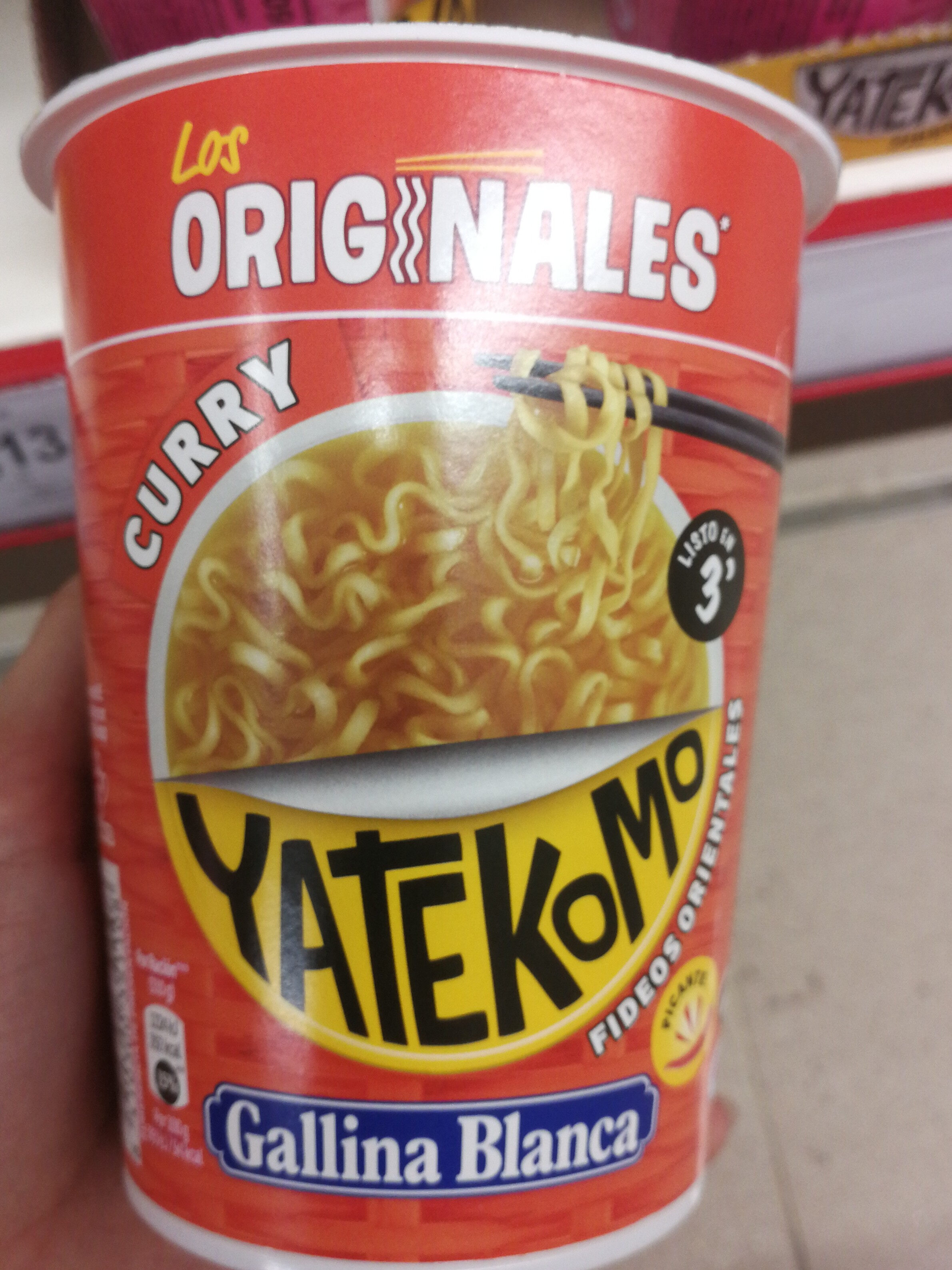Yatekomo curry - Gallina Blanca - 61 g
Aquesta pàgina del producte no està completa. Podeu ajudar a completar-la editant-la i afegint-hi més dades a partir de les fotos ja disponibles, o fent-ne més amb l'aplicació de androide o iPhone / iPad. Gràcies!
×
Codi de barres: 8410300351108 (EAN / EAN-13)
Quantitat: 61 g
Marques: Gallina Blanca
Categories: Aliments i begudes amb base vegetal, Aliments amb base vegetal, Cereals i patates, Cereals i derivats, Productes secs, Pasta, Productes assecats per a ser rehidratats, Fideus, en:Instant noodles, en:Tagliatelle
Llocs de fabricació o processament: UE
Enllaç a la pàgina del producte en el lloc oficial del productor: http://www.gallinablanca.es
Botigues: Alcampo
Matching with your preferences
Entorn
Petjada de carboni
Empaquetament
Transport
Report a problem
Fonts de dades
Producte afegit per kiliweb
Última modificació de la pàgina del producte per packbot.
La pàgina del producte, també editada per deedypower, musarana, openfoodfacts-contributors, thaialagata, yuka.Fa5YIMC7PJEqPsbx9ZwxwwGYLrriOvFHNE5cog, yuka.SFl4Wksvbzh2ZUVHeGRobS9CZUYrL2xleHNiNURHcm9PYzAvSUE9PQ, yuka.UXZ3ckZLZ29uZGdHbDh4ajlFL1c2TWx3K2NHeVZrNnZkOWhBSUE9PQ, yuka.ZjY0TE5wNGltY0l3c3NFLzVEbnIzb0pQNVpxMlVVZXZjZU1kSVE9PQ, zaran64.








